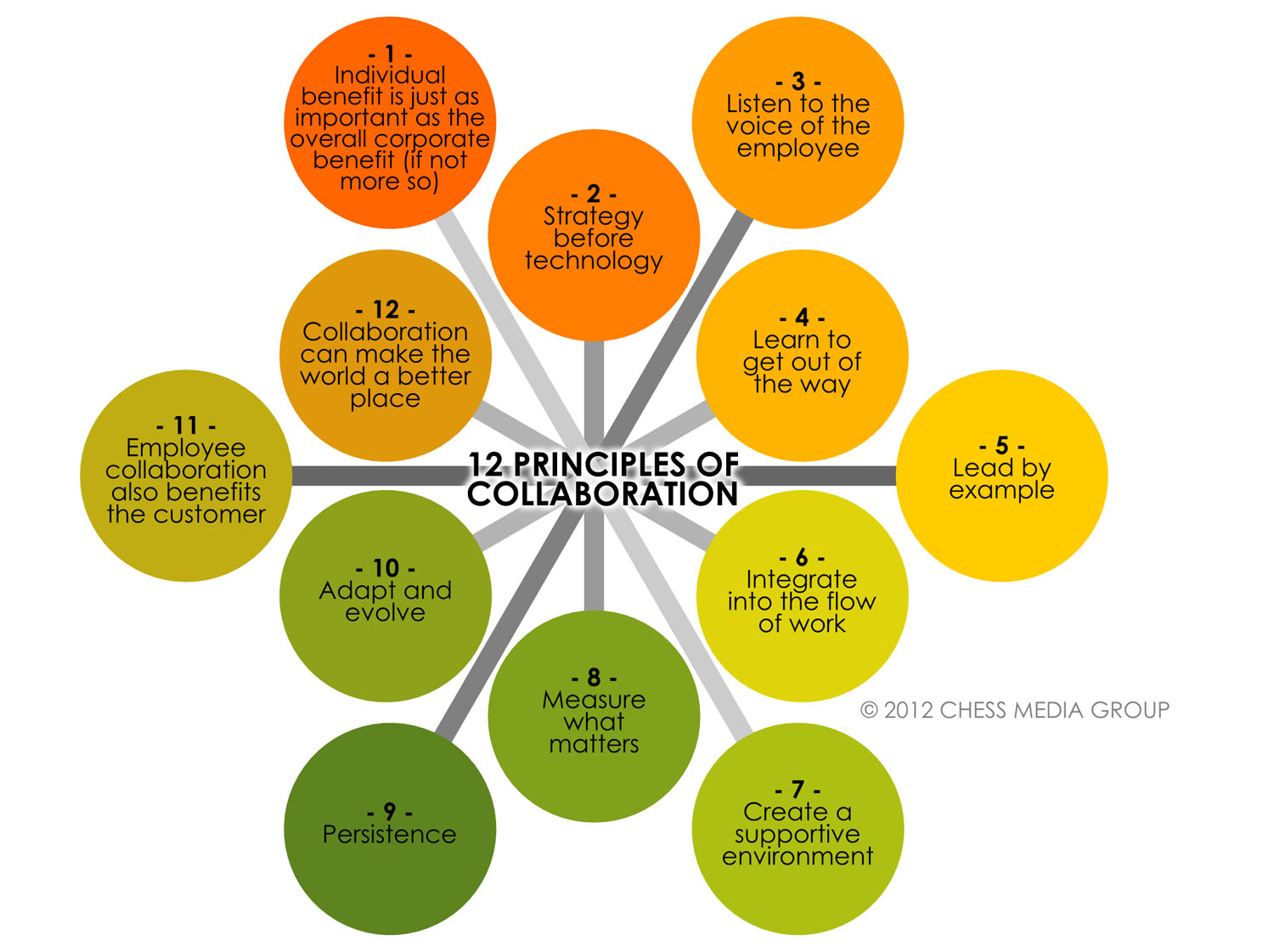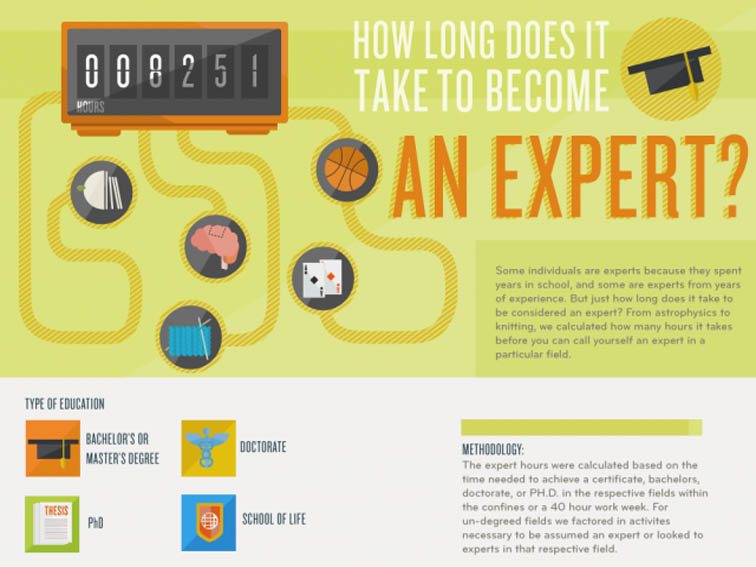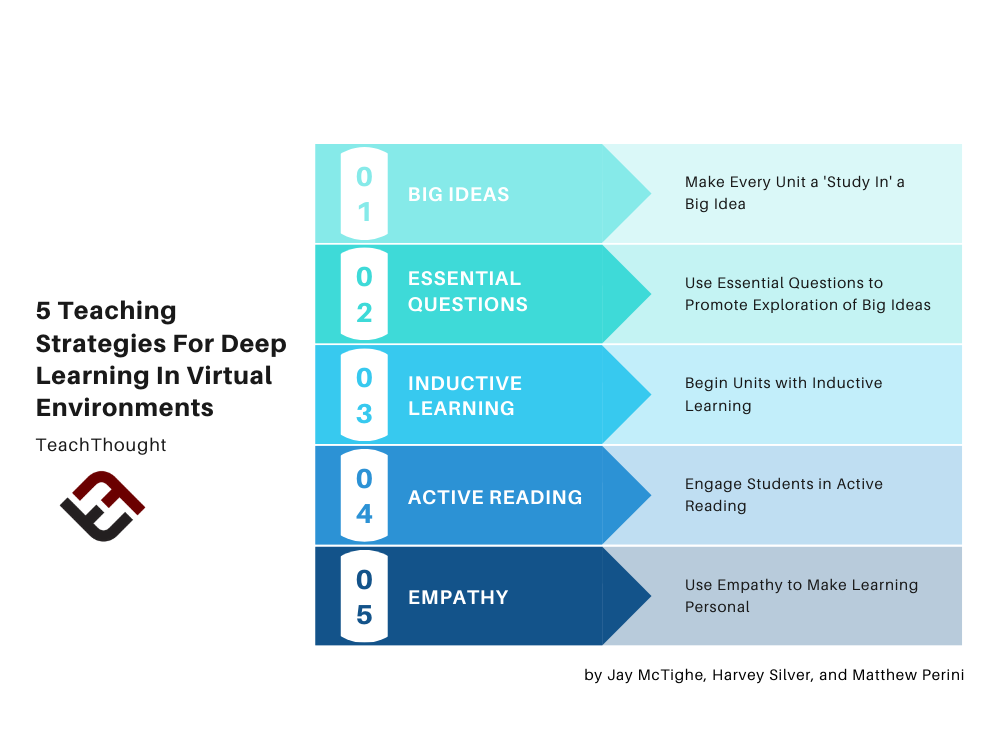
The Education & Workforce Committee has released some statistics on school choice, and some of them are quite surprising, including:
- 31 states allow full-time online eLearning schools, with 275,000 students enrolled in 2011-2012
- Nearly 70% of school districts now offer blended learning programs
- Homeschooled students are up a telling 74%, to over two million.
The primary takeaway is not so much charter schools, or even eLearning and blended learning, but rather the rise of diversity in educational choices for families.
Charter Schools & Blended Learning: 10 Statistics That Outline Change In Education
1. Demand and support for charter schools continues to grow. More than 2 million students are enrolled at 5,618 charter schools in America. An additional 610,000 students are currently on charter school waiting lists.
2. Eighty percent of states have embraced charter schools. Forty-one states and the District of Columbia have laws that support the funding and authorizing of public charter schools.
3. Magnet schools educate millions of students every year. In the 2010-2011 academic year, more than 2 million students were enrolled at 2,722 magnet schools in 31 states. These public schools often have a specific focus, such as science and technology, math, or the humanities, and help prepare students for in-demand jobs.
4. States are expanding private school choice programs. In 2012, 16 states, the District of Columbia, and Douglas County, Colorado offered private school choice programs. More than 210,000 students participated in these programs in 2011-2012 academic year.
5. Private school choice programs can help increase college enrollment. According to a 2012 study, disadvantaged African American students who received private school vouchers in New York City were 24 percent more likely to attend college.
6. Private scholarship programs can help raise high school graduation rates. In the 2010-2011 academic year, the D.C. Opportunity Scholarship Program had a 94 percent high school graduation rate. Nearly 90 percent of participating students went on to pursue a post-secondary degree.
7. A growing number of states and students are taking advantage of virtual schools.Thirty-one states and the District of Columbia allow full time online schools and approximately 275,000 students were enrolled during the 2011-2012 school year. These online schools improve access to education for rural students who would otherwise be forced to commute long distances to attend school.
8. An estimated two-thirds of school districts now offer blended learning programs, a combination of traditional and online schooling. These fast-growing programs allow parents to select more personalized curriculum for their students, while also incorporating the benefits of a traditional classroom setting.
9. Since 1999, the popularity of homeschooling has grown significantly. From 1999 to 2007, the number of homeschooled students increased by 74 percent. There were approximately 2 million homeschool students in the U.S. in 2010.
10. In 2011, 46 states offered open enrollment to students. Open enrollment policies allow students to transfer to a different public school within the district or state, helping children escape low-performing schools.
Image attribution flickr user paulowry


